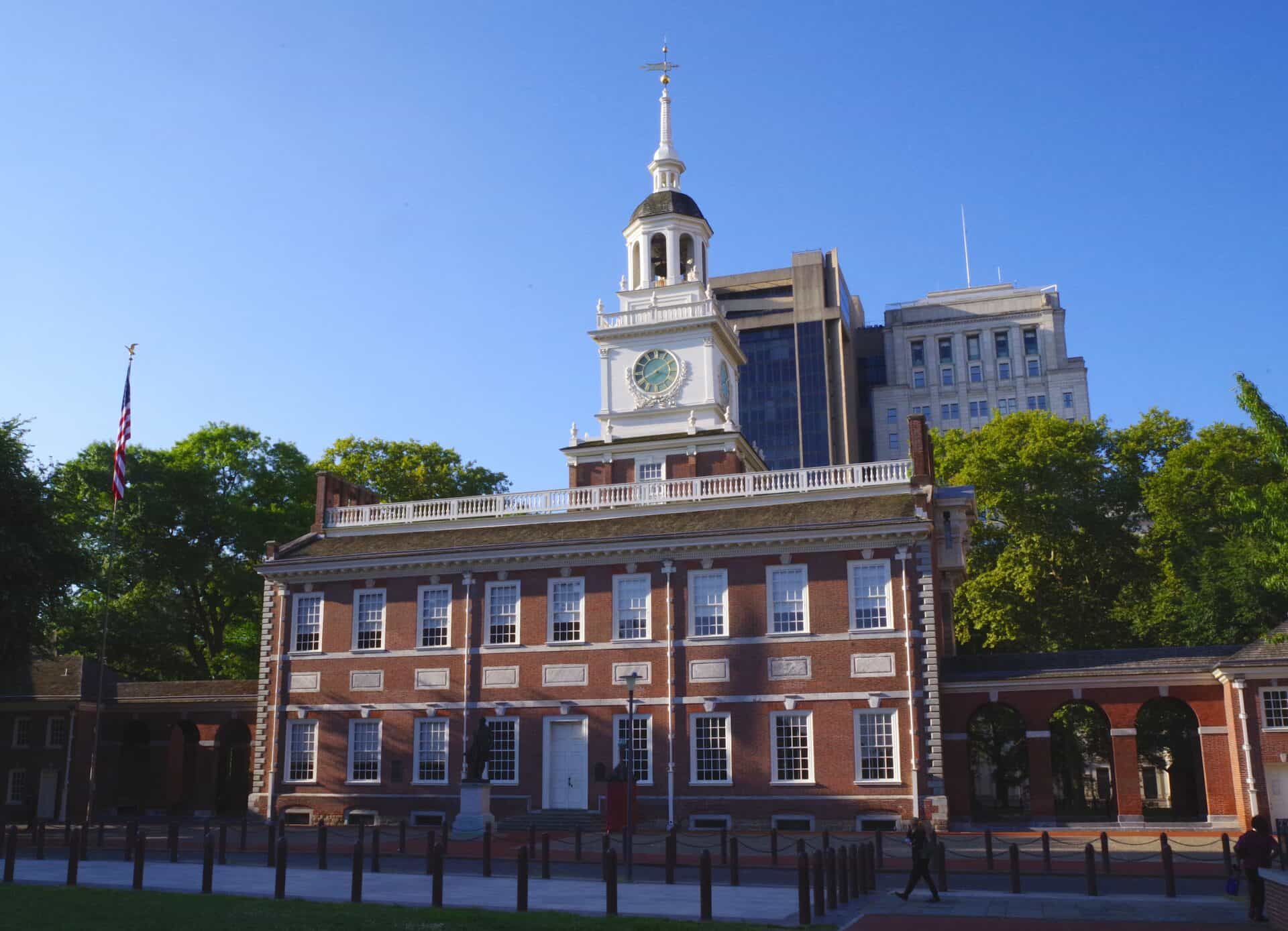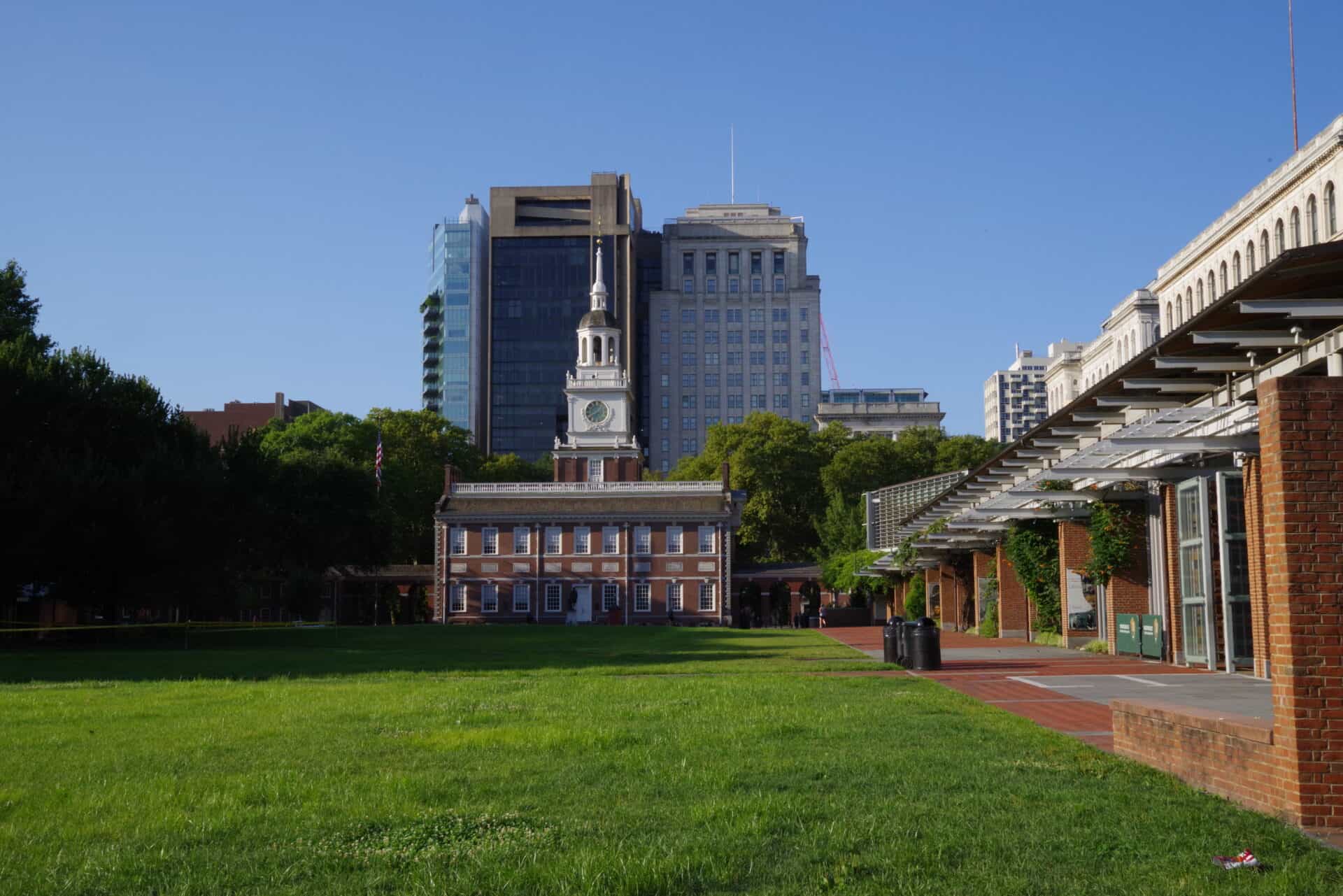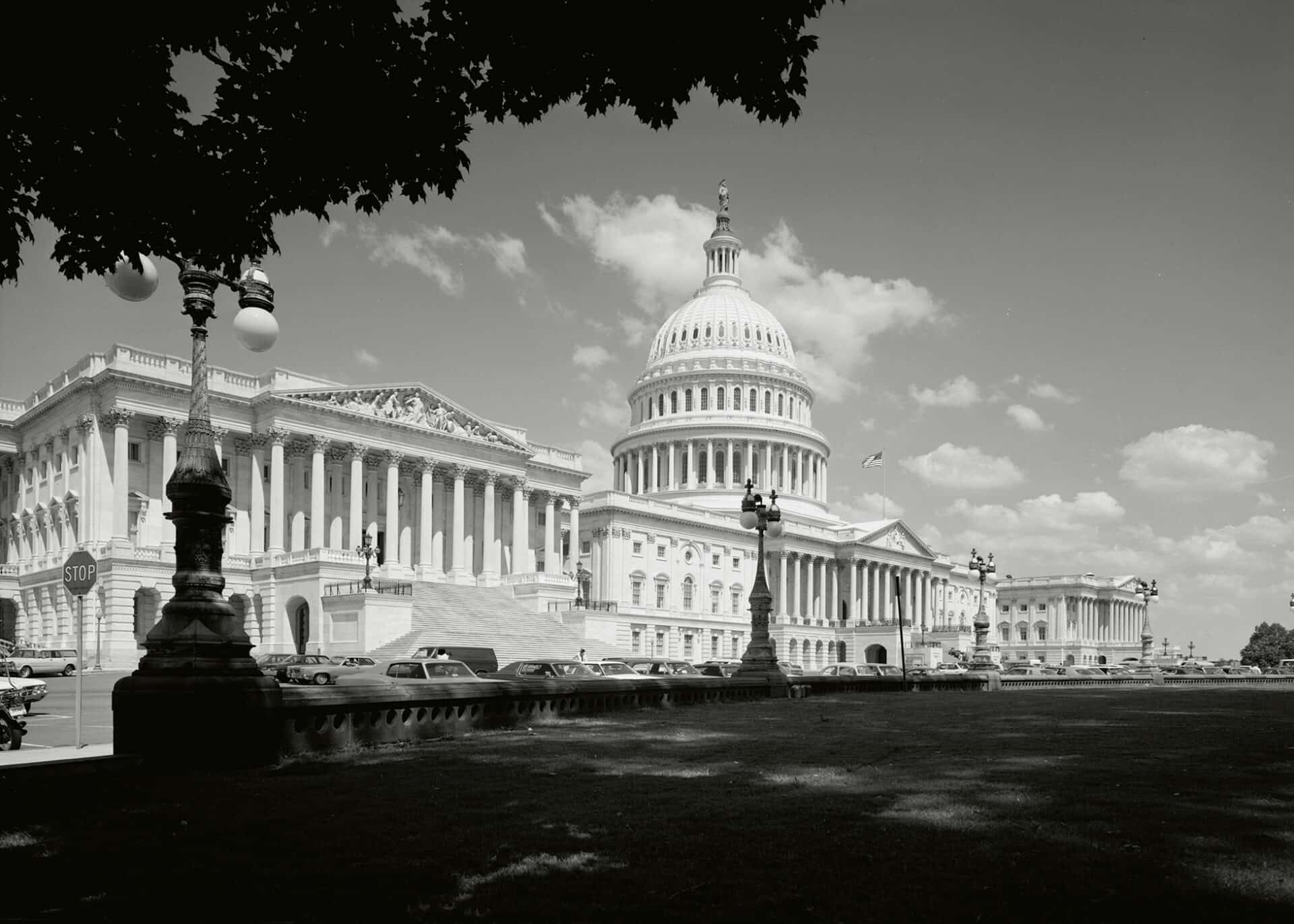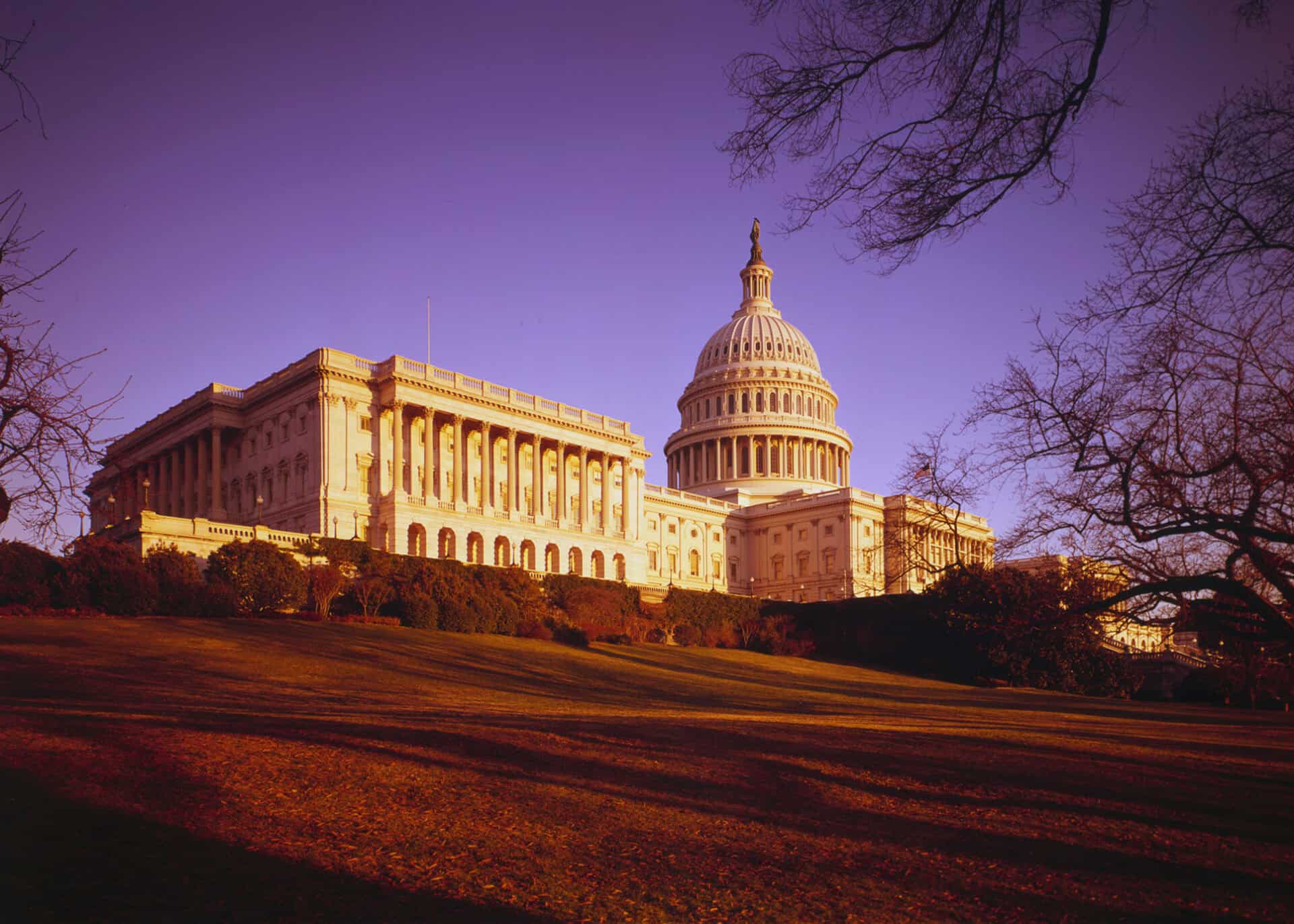Before Washington, D.C. became the permanent capital of the United States, the federal government moved frequently—sometimes out of necessity, sometimes by design. Between 1774 and 1800, Congress met in eight different cities. Today, many of those former capitals sit along or near Route 1, forming a historic trail that traces the early growing pains of a new nation.
Philadelphia was the heart of early revolutionary activity and hosted the First and Second Continental Congresses starting in 1774. But during the war, British occupation forced Congress to relocate. In 1776, they fled to Baltimore, then briefly to Lancaster and York, Pennsylvania. After the war ended, Annapolis became the capital from 1783 to 1784—best known as the site where George Washington resigned his military commission. In 1784, the government moved again, this time to Trenton, and then to Princeton, where Congress met inside Nassau Hall at what is now Princeton University.
New York City served as the first capital under the newly ratified Constitution. From 1785 to 1790, it was the political center of the country. George Washington was inaugurated there, and Congress passed key legislation like the Judiciary Act of 1789. Still, the question of a permanent capital remained unresolved. A compromise between northern and southern states led to the Residence Act of 1790: the capital would eventually move to a new, federally controlled city along the Potomac River. In the meantime, Philadelphia was chosen as a temporary home for the federal government for ten years.
That final move came in 1800, when the government relocated to Washington, D.C.—still under construction at the time. Though the buildings were incomplete and the infrastructure sparse, it marked the end of the capital’s long migration. Route 1 now passes through or near many of these early seats of government, offering a rare opportunity to follow the literal path the capital took as the United States defined its identity and direction.







